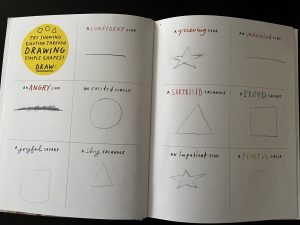Over the course of the semester, I have come to understand digital humanities as the use of data and technology to analyze and present information in different ways particularly in relation to the humanities. One of the things that interested me during this class was the use of technology to study and accomplish things that may not have otherwise been possible. Thinking about the massive projects that we have learned about this semester for example in relation to texts and history and how technology was used to accomplish these projects that would have taken someone too long to do or could not have been done. Before I took the class, I had seen the three-dimensional modeling done with archaeological projects and I thought they were really cool, but a lot of work goes into making them and so learning how they and the many other projects that we looked at during this class were created showed me that some of these projects likely required technology or technology created new ways for the information and data to be presented, visualized, and analyzed.
Religious studies is such a broad field that studies religion but also looks at so many different things like definitions. It taught me critical analysis skills and it relates to so many different fields of study. Digital humanities can be used to study religion and make massive projects possible and present or analyze that information in different ways. The skills learned in studying DH like making charts, graphs, and looking at things like patterns or metadata are useful and can also be applied to so many other projects, classes, and subjects including religious studies.

